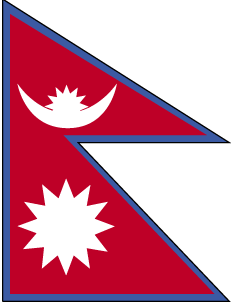Articles
- Page Path
- HOME > J Educ Eval Health Prof > Volume 8; 2011 > Article
-
Book Review
Book review: Basics in medical education -
P. Ravi Shankar*

-
DOI: https://doi.org/10.3352/jeehp.2011.8.8
Published online: July 30, 2011
Department of Medical Education, KIST Medical College, Lalitpur, Nepal
- *Corresponding email: ravi.dr.shankar@gmail.com
© 2011, National Health Personnel Licensing Examination Board of the Republic of Korea
This is an open-access article distributed under the terms of the Creative Commons Attribution License, which permits unrestricted use, distribution, and reproduction in any medium, provided the original work is properly cited.
- 29,375 Views
- 125 Download
-
This article is available from: http://jeehp.org/
Article information
Figure & Data
References
Citations
Citations to this article as recorded by 


 KHPLEI
KHPLEI

 PubReader
PubReader ePub Link
ePub Link Cite
Cite

